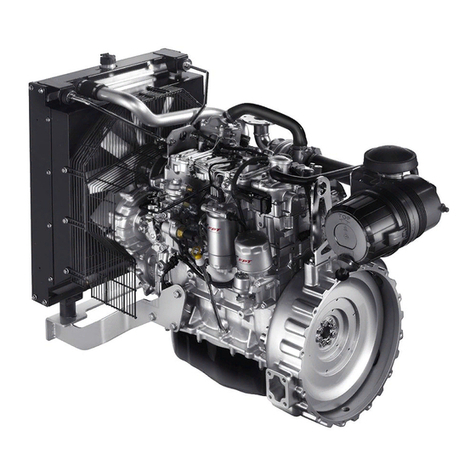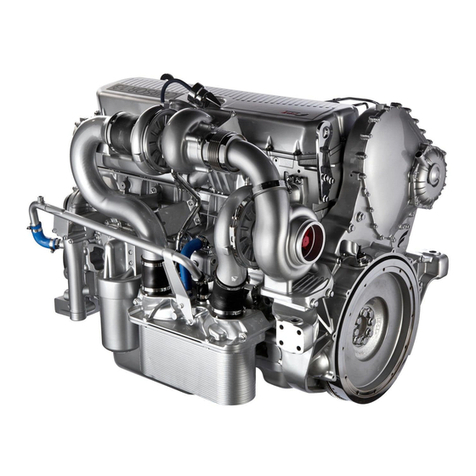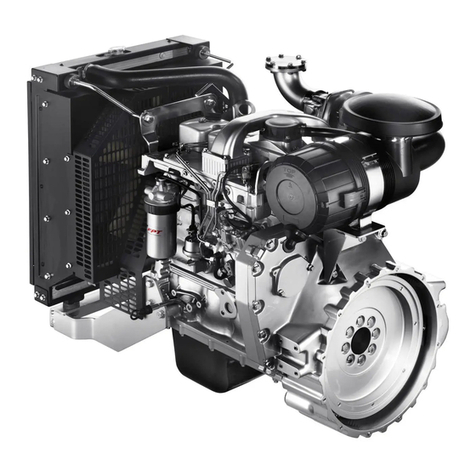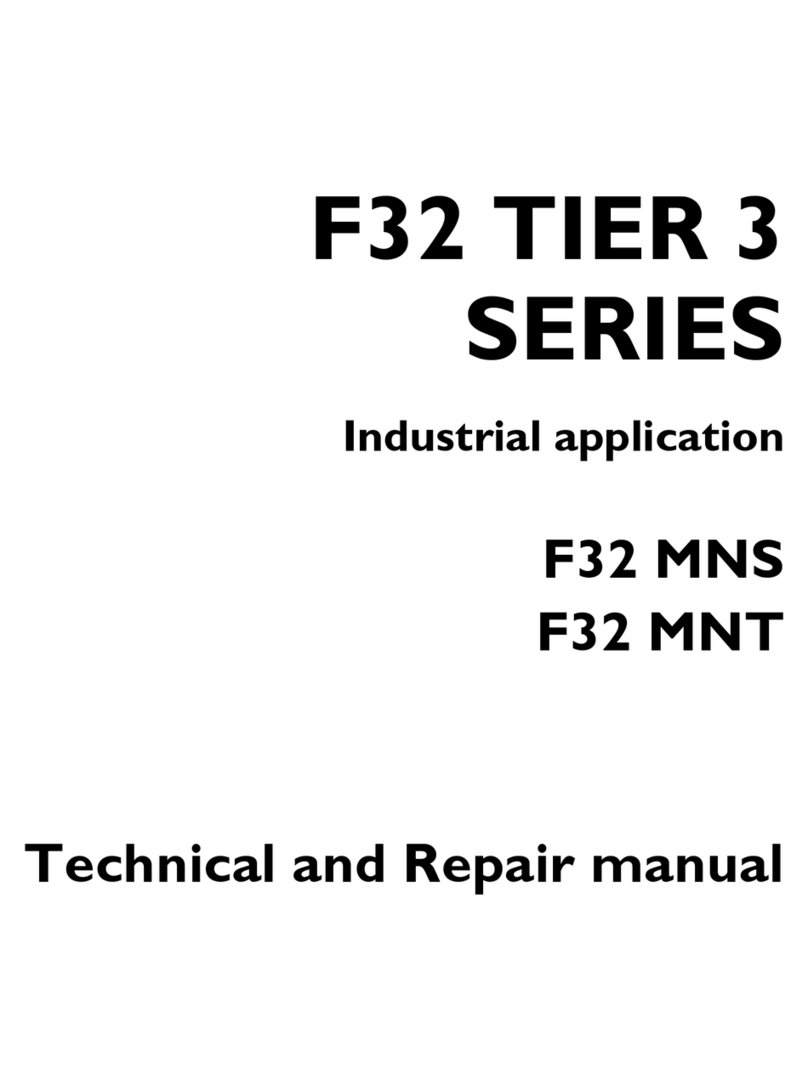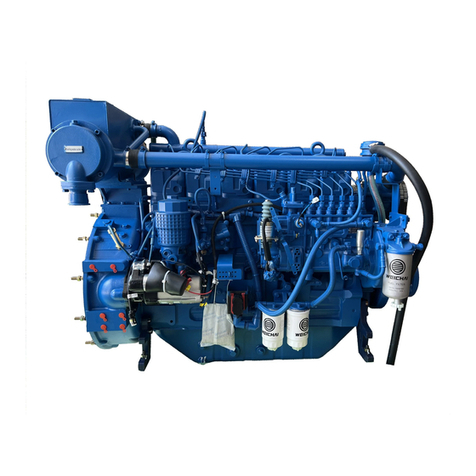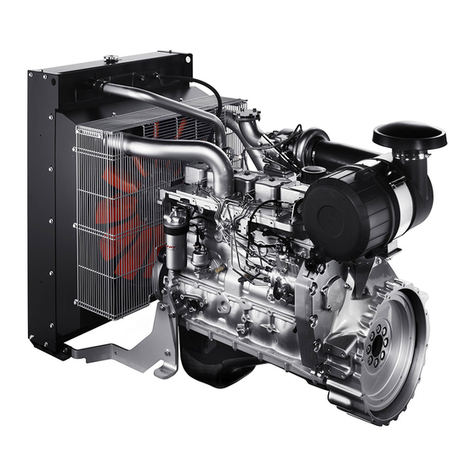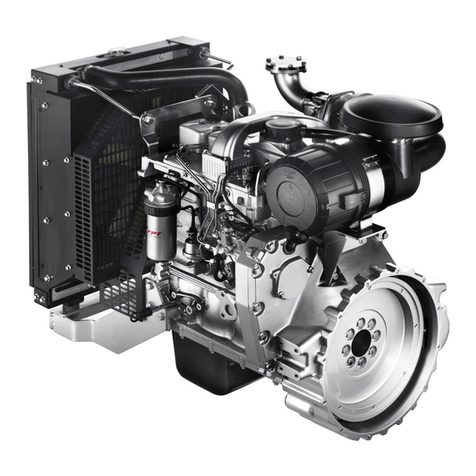
11
ENGLISH
SPECIAL WARNINGS
Engine cooling liquid
When the engine is running, regularly check that the engine cooling
liquid temperature does not reach the alarm threshold.
In case the temperature detected is excessive, disconnect the load and
stop the engine to check the cooling circuit status. Wait that the
engine is cold before checking: it is important to remind that, when the
engine is heated, the pressurized hot liquid within the cooling circuits
may be ejected causing burns and serious injury.
Moreover, check the following:
a) the alternator’s belt tension;
b) the thermostatic valve’s efficiency;
c) the conditions of the heat exchanger (to be cleaned if necessary).
Cooling liquid refill
For engine servicing and whenever the system requires significant
cooling liquid refill, proceed as follows:
Refill the engine and the heat exchanger until complete top up.
With the filler cap open, start the engine and keep it idling for nearly
one minute. This phase facilitates the cooling liquid air bleed.
Stop the engine and top up again.
Further information on the cooling liquid technical specifications and
quantity prescribed are reported in the CONTROLS AND
MAINTENANCE section.
Lubrication circuit
Regularly check that the oil pressure keeps within normal values. In
case the value detected is too low, check the oil level and refill if
necessary following the instructions reported in the CONTROLS
AND MAINTENANCE section.
If the failure persists, apply to the Technical Service for assistance.
CAUTION!
Open the cooling liquid tank cap only if it is necessary and
exclusively if the engine is cold.
CAUTION!
Failure to comply with the procedure may cause the
incorrect engine cooling liquid refill and, as a consequence,
wrong quantity within the engine.
